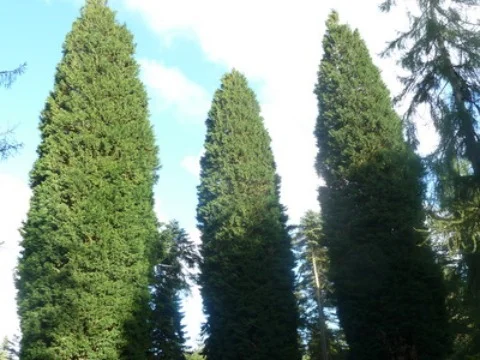We are currently undertaking a really rewarding, far-sighted project in conjunction with Farming in Protected Landscapes and the Stour Valley Farming Cluster, where we are removing the line of non-indigenous Leylandii from along the 14th and 15th Gainsborough holes.
Once the ground has had time to recover, we will be replacing them with a mix of indigenous trees next autumn.
In the 1970s, Bill and Devora Peake had the long-term vision to plant over 250,000 trees and build four reservoirs, converting barren farmland into the two courses we know today, which have become home to herons, oystercatchers, kites, woodpeckers and countless other animals. This project is very much in keeping with their philosophy that we are merely custodians of the land with which we have been entrusted and we have a responsibility to preserve and enhance the environment.
40 years ago, we were not as aware of biodiversity and ecology as we are now. Leylandii is a fast growing and ready screening plant, but is not native, and is relatively poor habitat for wildlife. We are doing this work now whilst the skilled staff required are available to us and to give the ground time to stabilise before we replant a belt of mixed native species of trees and hedges next autumn.
The benefits in the long term will be improved landscape views, much increased biodiverse habitat (both above and below ground) and connecting corridors for wildlife. Additionally, young growing trees will also sequester more carbon dioxide than mature conifers. There are also many agronomical benefits to the golf course, including airflow and light, both as they are today and for the longer-term development of the courses.
Recent News
10 July 2025
Ladies Bronze bow out in quarter final
The Ladies Bronze team saw their winning run come…





